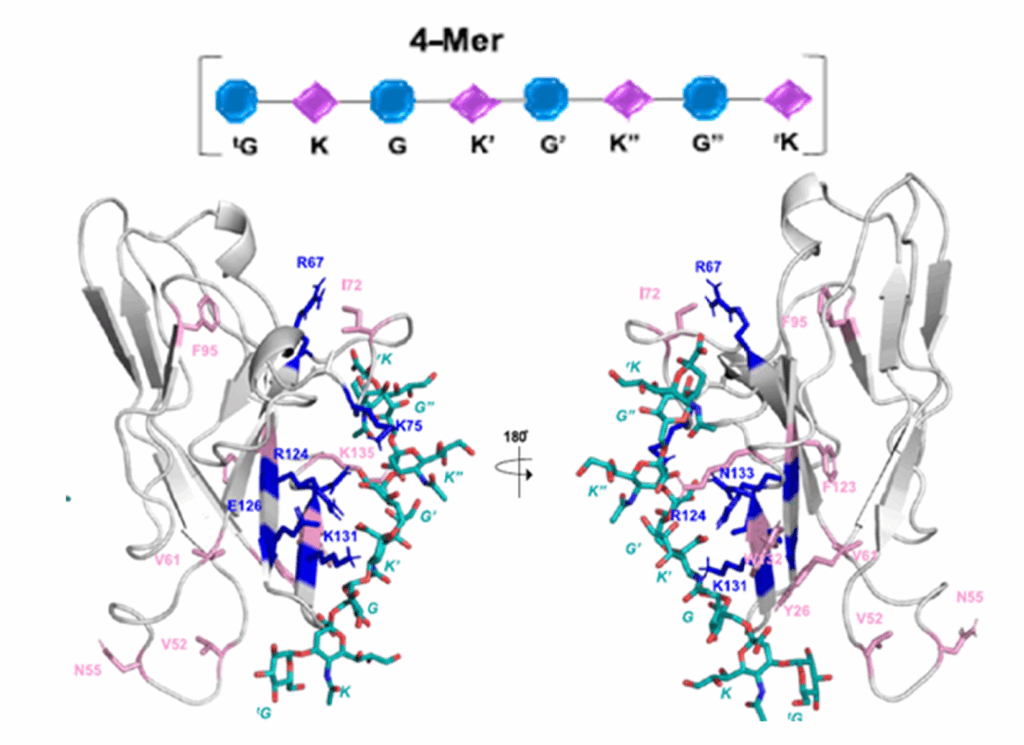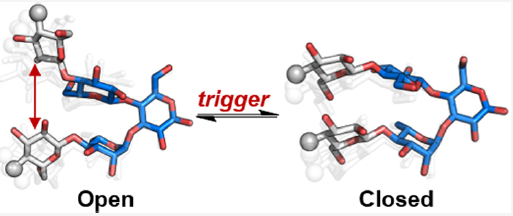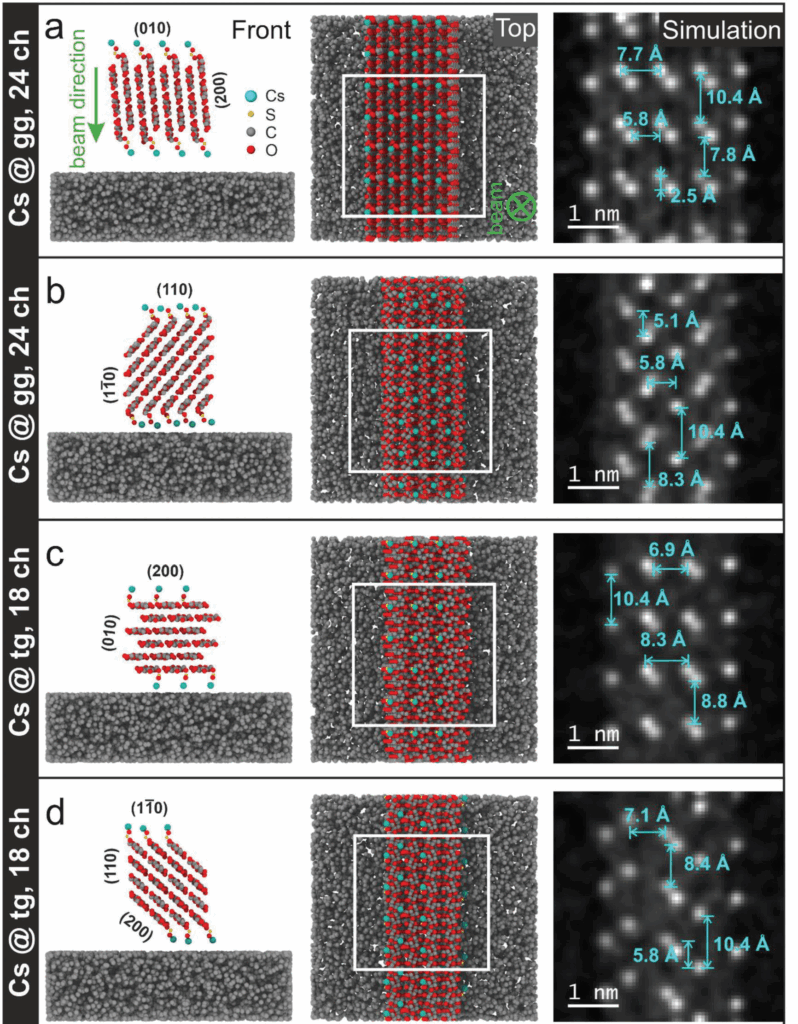How cell wall polymers assemble into specific mesoscale patterns, giving the walls the physicochemical properties that allow growth and development, is a central question in plant biology. The cell walls of plants comprise cellulose microfibrils and matrix polymers, among which the homogalacturonan pectin polysaccharide is the most abundant component in expanding cell walls. During cell expansion, regulation of homogalacturonan modification by demethylesterification is key to the control of cell wall mechanics. Cell expansion requires tight control through rapid feedback signaling loops that coordinate cell wall deposition and remodeling to avoid loss of cell wall integrity. The authors show that peptides, (RAPID ALKALINIZATION FACTOR 4 (RALF4) are required for cell wall patterning through their interaction with demethylesterified homogalacturonan. In a mutually exclusive way, these peptides instruct, with different affinities, two structurally distinct protein families, the cell wall–anchored LEUCINE-RICH REPEAT EXTENSIN (LRX8) proteins, and a membrane-integral signaling complex. The authors used the pollen tube of Arabidopsis thaliana, as a model system to investigate the molecular links among RALFs, LRX proteins, and the cell wall matrix during cell expansion. They show that LRX-RALF complexes adopt a heterotetrametric configuration in vivo, displaying a dendritic distribution.

The LRX-RALF complex specifically interacts with demethylesterified pectins in a charge-dependent manner through RALF4’s polycationic surface. The LRX-RALF-pectin interaction exerts a condensing effect, patterning the cell wall’s polymers into a reticulated network essential for wall integrity and expansion.




